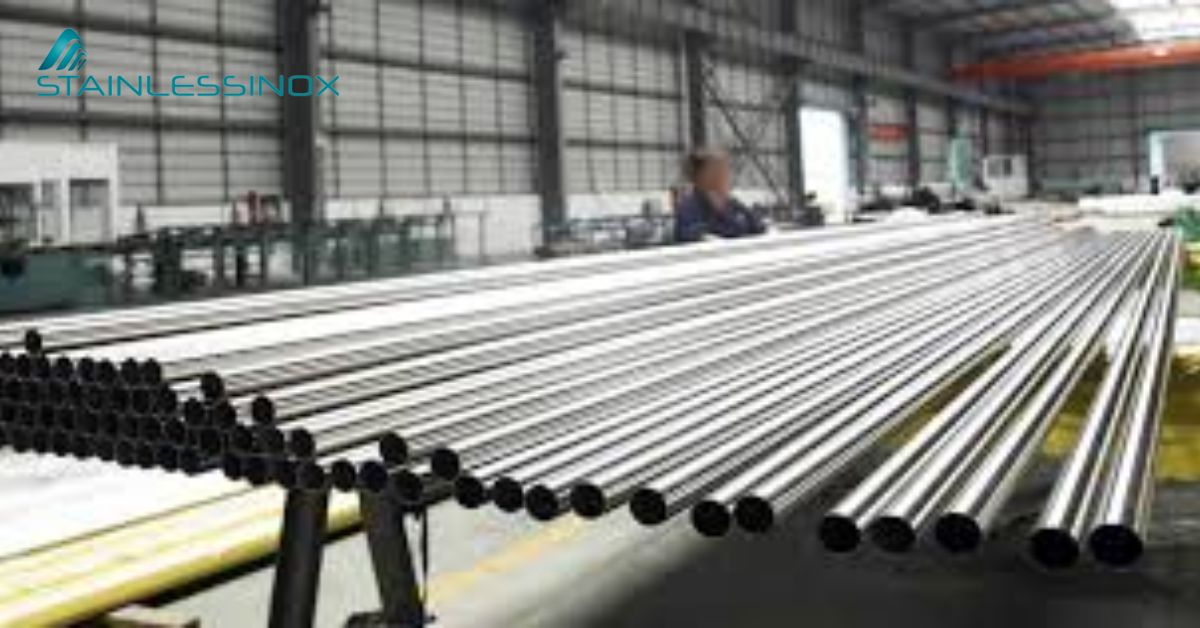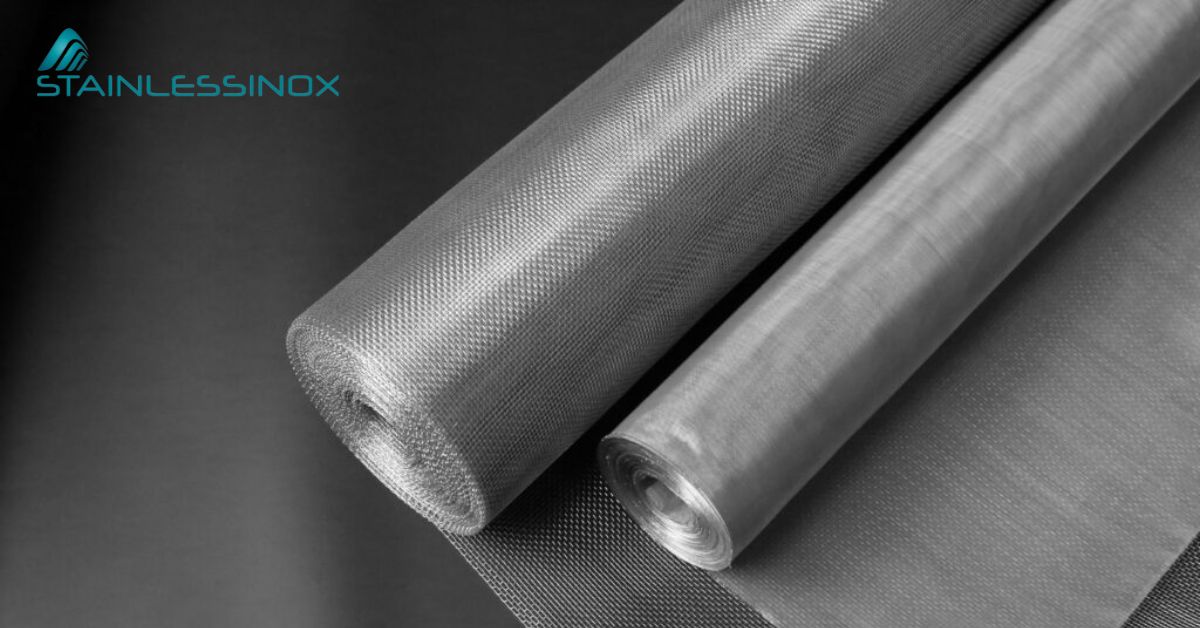Metal fabrication is evolving rapidly with new technologies improving precision, efficiency, and sustainability. Industries such as construction, automotive, aerospace, and heavy machinery rely on metal fabrication to create durable and high-performing components. Traditional methods like welding and stamping have been enhanced with modern techniques, leading to better quality and cost savings. Recent advancements in laser cutting, smart coatings, automation, and digital fabrication are shaping the future of metalworking.
How Laser Cutting Enhances Stainless Steel Plate Production?
Laser-cutting technology has revolutionized the production of stainless steel plates. Compared to traditional cutting methods, laser cutting offers several advantages:
Precision and Accuracy: Laser beams provide high precision, ensuring clean and smooth cuts without the need for extensive finishing.
Speed and Efficiency: Automated laser systems reduce production time and enhance throughput.
Minimal Material Waste: Laser cutting optimizes material usage, reducing scrap and improving cost efficiency.
Versatility: This method works on different thicknesses and grades of stainless steel plates, making it suitable for various industries.
Manufacturers use laser-cut stainless steel 304 plates in industries such as automotive, aerospace, and industrial machinery, where high precision is necessary.
The Rise of Smart Coating Technologies for Stainless Steel Sheets
Smart coatings are transforming the performance of stainless steel sheets by adding protective layers that enhance durability and functionality. Innovations in this field include:
Anti-Fingerprint Coatings: These coatings prevent smudges and stains, making stainless steel sheets ideal for appliances and architectural applications.
Self-Cleaning Surfaces: Nanotechnology enables the development of hydrophobic and photocatalytic coatings that repel dirt and contaminants.
Corrosion-Resistant Layers: Advanced coatings extend the lifespan of stainless steel sheets in harsh environments, reducing maintenance costs.
Heat-Reflective Coatings: These coatings improve energy efficiency by reducing heat absorption in buildings and vehicles.
These developments make stainless steel sheets more practical for construction, medical equipment, and food processing industries.
Automation and Its Impact on Stainless Steel Coil Processing
Automation has significantly improved the processing of stainless steel coils by integrating robotics and smart machinery into manufacturing. Key benefits of automation in coil processing include:
Enhanced Speed and Productivity: Automated systems handle large-scale production with consistent quality.
Reduced Human Error: AI-driven machines ensure uniform thickness and precise cutting, minimizing defects.
Lower Labor Costs: Automated processes reduce reliance on manual labour, making production more cost-effective.
Smart Sensors for Quality Control: Real-time monitoring systems detect imperfections and adjust processes accordingly.
Stainless steel coils processed through automated systems find applications in transportation, infrastructure, and industrial manufacturing, where high performance and reliability are crucial.
Future Trends in Metalworking and Fabrication
The future of metal fabrication lies in advanced technologies that improve efficiency, sustainability, and customization. Emerging trends include:
3D Metal Printing: Additive manufacturing is becoming more popular for creating complex metal components with reduced material waste.
AI and Machine Learning Integration: Predictive analytics and smart algorithms optimize production efficiency and detect defects before they become major issues.
Eco-Friendly Fabrication: Sustainable metalworking techniques, such as water-based cutting fluids and recyclable alloys, are reducing environmental impact.
Hybrid Fabrication Techniques: Combining traditional and digital fabrication methods enhances design possibilities and cost savings.
The ongoing advancements in metal fabrication will continue to improve product quality and manufacturing capabilities across various industries.
Conclusion
Innovations in metal fabrication are reshaping industrial production, offering greater efficiency, precision, and sustainability. Technologies such as laser cutting, smart coatings, and automation have significantly improved the manufacturing of stainless steel plates, sheets, and coils. As the industry moves toward AI-driven and eco-friendly processes, businesses must embrace these advancements to stay competitive. Future trends like 3D printing and smart monitoring systems will further revolutionize metalworking, ensuring high-performance solutions for various applications.




